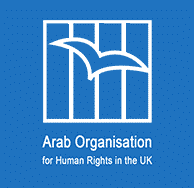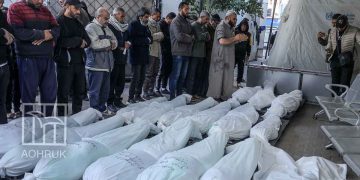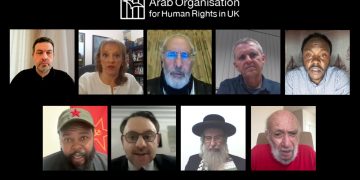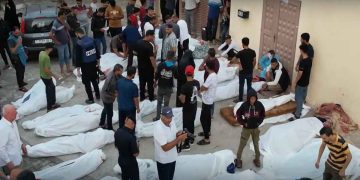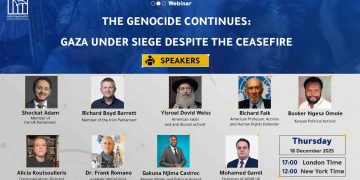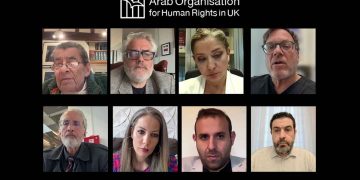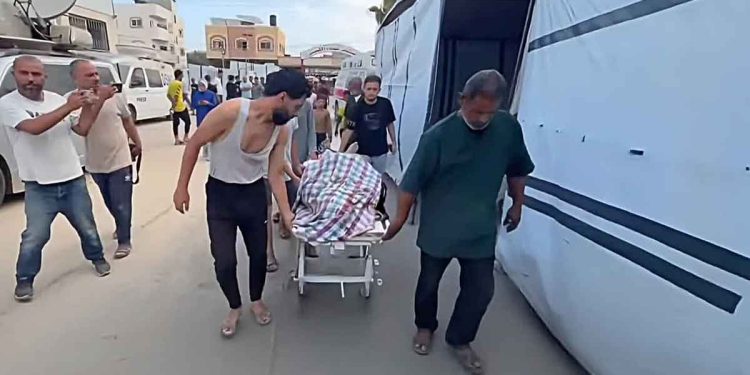At a time when calm should prevail following the declared cessation of hostilities in Gaza on 10 October, the Israeli occupation continues to commit repeated violations against the civilian population, confirming that the aggression has not truly ended but rather shifted in form and method.
According to the Government Media Office in Gaza, the Israeli occupation army has carried out 80 documented violations since the ceasefire came into effect. These have resulted in the killing of 97 Palestinians and the injury of more than 230 others. Among the victims were 44 people killed in a single day, last Sunday, in scattered attacks that included direct bombardment of residential areas, live fire on civilians, and deliberate targeting using drones and tanks.
Field data indicates that Israeli occupation forces used electronic cranes equipped with remote sensing and targeting systems, as well as warplanes and “quadcopter” drones to carry out individual assassinations. Heavy barrages were also launched around urban centres and refugee camps.
These tactics, which combine remote killing and widespread field encirclement, suggest the occupation is pursuing a military strategy that treats any civilian movement as a “potential threat”, a clear violation of the principle of distinction between civilians and combatants as set out in the 1949 Geneva Conventions.
These attacks can no longer be dismissed as isolated incidents or errors in judgement. They are coordinated violations, observed across all governorates of the Gaza Strip, indicating a systematic policy of organised mass killing that targets civilians and the societal fabric simultaneously, aimed at keeping the Strip in a state of perpetual devastation and obstructing any return to normal life.
From the perspective of international law, the ongoing large-scale killing of civilians, the targeting of population centres, and the destruction of vital infrastructure following a two-year war are clear indicators of genocide, as defined in Article II of the 1948 Convention on the Prevention and Punishment of the Crime of Genocide.
Genocide is not limited to direct military action. It includes any conduct intended to destroy a human group, in whole or in part, through killing, inflicting physical or mental harm, or imposing living conditions designed to lead to its gradual eradication, all of which are clearly evident in Israeli occupation conduct towards the population of Gaza.
Although the ceasefire agreement was brokered by international powers, most notably the United States, the persistence of these violations without accountability or deterrence exposes a structural failure in the international protection system. It raises serious questions about the credibility of any security guarantees given to the people of Gaza.
Silent complicity, or merely expressing “concern”, amounts to participation in the crime through inaction. This constitutes a breach of legal obligations under the United Nations Charter and the Genocide Convention.
